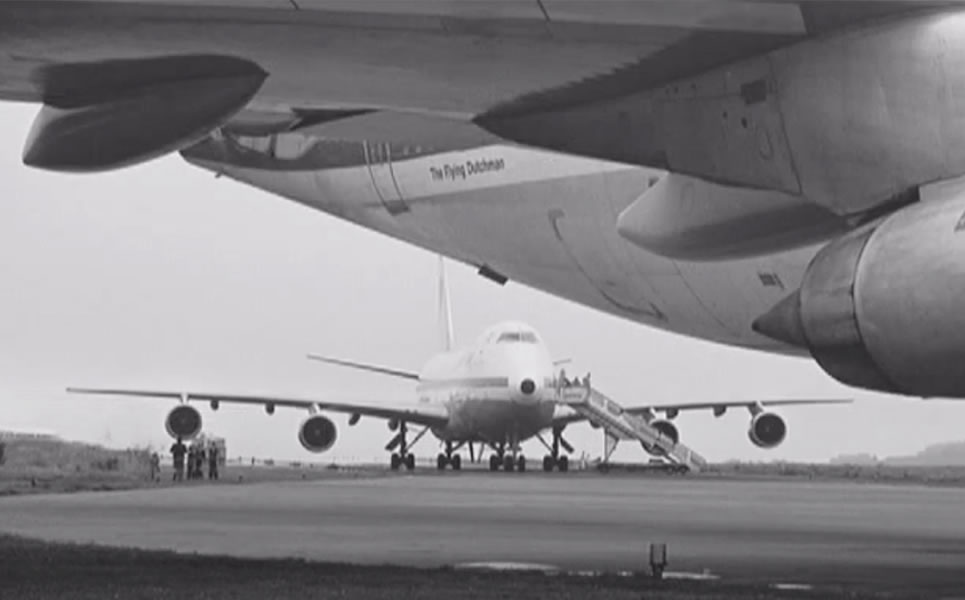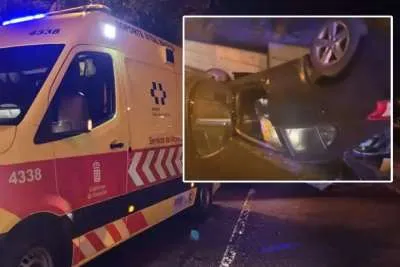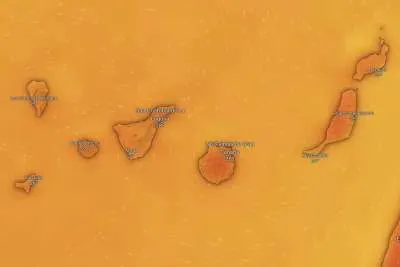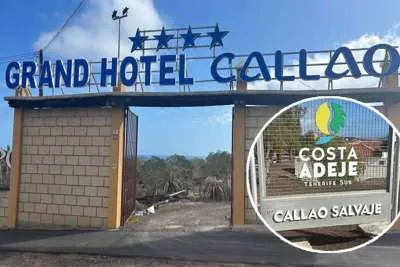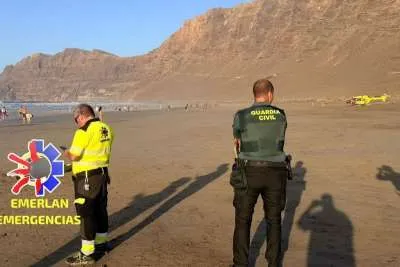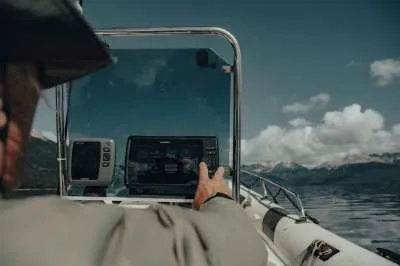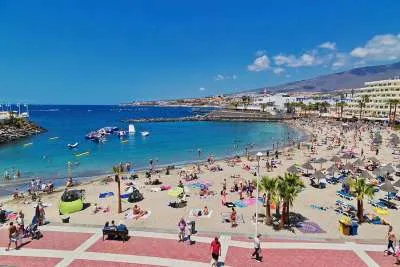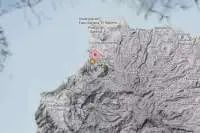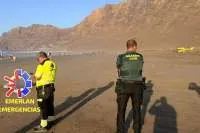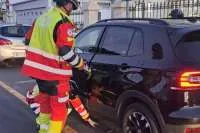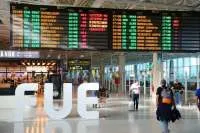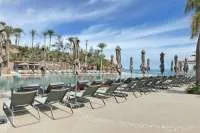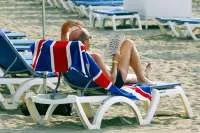On this day in 1977: Runway collision kills 583 people in Tenerife
- 27-03-2021
- Tenerife
- Canarian Weekly
March 27th, 1977 is a date permanently etched in aviation history. 583 lives were lost when a KLM 747 collided with a Pan Am 747 at Tenerife’s Los Rodeos Airport (TFN), which remains as the world’s deadliest air disaster. Just 61 people survived, all from the Pan Am jumbo jet. One of those survivors was Purser Dorothy Kelly. Her bravery, heroism, courage and skills saved the lives of countless passengers... this is her incredible story.
Pan Am Flight 1736, had originated at Los Angeles International Airport (LAX) and was taking tourists to Gran Canaria, where they would begin a 12 day Mediterranean cruise. The Boeing 747-121 (N736PA) ‘Clipper Victor’ had stopped in Chicago (ORD) to collect more holidaymakers, before a final layover in New York (JFK) to collect the remaining passengers and change crew.
Tending to the 380 passengers were 13 flight attendants, while in the flight deck Captain Victor Grubbs was assisted by First Officer Robert Bragg and Flight Engineer George Warns. Whilst preparing for the Transatlantic flight, Dorothy Kelly had been approached in the crew-briefing lounge at JFK by Senior Purser Francoise Colbert de Beaulieu. She asked Kelly if she would mind working up in First Class and taking over the in-flight announcements, as de Beaulieu was extremely self-conscious of her French accent. It was a decision that would ultimately save Kelly’s life.
Meanwhile in Amsterdam (AMS), KLM Boeing 747-206B (PH-BUF) ‘The Rhine’ was being readied to operate Flight 4805, also to Gran Canaria. In charge was Captain Jacob Veldhuyzen Van Zanten, KLM’s Chief Flying Instructor, and the celebrity face of the Dutch carrier, appearing in much of their promotional material and the in-flight magazine. In fact, Van Zanten was so well thought of, that when airline executives heard of the crash, they attempted to contact him to send to the island to aid the investigation.
Assisting in the flight-deck was First Officer Klass Meurs and Flight Engineer Willem Schreuder; while in the cabin, 11 cabin crew were on hand for the 235 passengers.
An unwanted diversion:
Both flights to the Canaries had been uneventful. But as the Jumbo Jets neared their destination, reports came through that a bomb had exploded at Las Palmas Airport (LPA). Initially the American crew requested to hold above the island until it reopened.
But as warnings came through of a second bomb, all aircraft were diverted to Tenerife’s Los Rodeos Airport (TFN) and the Clipper jet was ordered to follow suit. The Pan Am 747 now joined countless other aircraft that had been diverted to TFN, including the KLM aircraft. The sudden influx of airliners at the small airport had caused chaos. Aircraft were packed together on taxiways and limited apron space.
Dorothy recalled: “We were so busy during the whole time on the ground. The ground staff wouldn’t let the passengers disembark because there were so many aircraft at this tiny airport and the terminal was packed. After a while the passengers became restless and thirsty, most of these people had come all the way from California.”
As the KLM aircraft had landed first, Captain Van Zanten’s request to let his passengers disembark and be transferred to the terminal had been granted. One lady decided to stay as she lived in Tenerife, meaning 234 passengers would eventually re-board the aircraft.
A few hours later Las Palmas re-opened and Captain Van Zanten and Captain Grubbs were keen to get their aircraft and passengers to the neighbouring island. But whilst preparing the aircraft for departure a thick fog began to develop and visibility deteriorated, only complicating the situation further.
With passengers already on board and enough fuel for the short hop, the Pan Am Clipper was ready to leave. However the KLM jet was blocking its exit by a mere 12 feet, meaning they would have to wait for the Dutch jumbo to complete refuelling and re-board its passengers.
Other articles that may interest you...
Trending
Most Read Articles
Featured Videos
A Vision of Elvis Tenerife Promo
- 10-05-2025
Tenerife Travel Guide
- 13-12-2024
Live webcam from Lanzarote airport
- 13-12-2024


